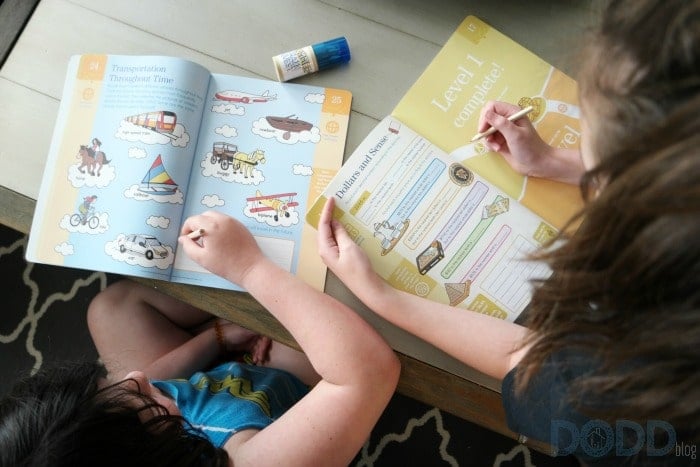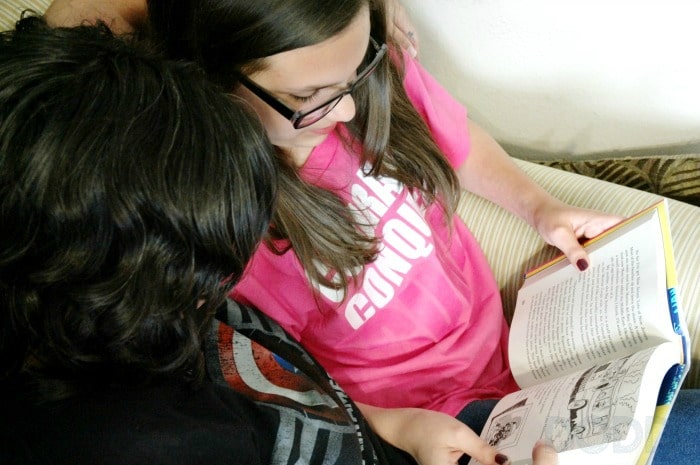Originally, I thought of titling this What Wine Pairs with Algebra? However, I didn’t want to mislead anyone into thinking they’d actually get wine suggestions here.

Homeschooling
I’m not honestly a wine drinker. Sorry, I can’t help you with that.
Acknowledge that it’s going to be hard
Don’t go in with false expectations.
Once you’ve navigated all the rules and regulations your state has in place for homeschooling, and have successfully researched your options and decided on the homeschooling route you’re using, you are likely feeling very accomplished—perhaps even invincible.
Don’t get me wrong, you absolutely should feel accomplished. The preparations alone are a lot of work. But, that’s not really the hardest part.

Now you have to actually do the homeschooling
As we all know, children can be somewhat…shall we say…unpredictable? Despite the best-laid plans, your child may not actually respond to homeschooling the way you’d anticipated.
Now, of course, by the time they’re school-aged, you have some idea of their learning habits. They may need a more structured classroom setting—a desk or table, proper chair, lamp, and neatly organized school supplies.
Or, they may be just fine in their pajamas on the couch.
But, this isn’t quite the same as them just sitting down for an hour after school (assuming they went to a brick and mortar school previously) to do their homework. It’s a lot more intensive. There’s a lot more on you.
Technology is going to be your best friend as you’ll find tons of useful resources, materials, tutors, and courses. Lots of people, for instance, you can teach homeschool Spanish online with the help of an app ensuring your kid can easily learn a second language. The same can be said about any other subject. There are even online classes to help you as a parent in educating your child on every grade level.

Be prepared to be flexible
If they’re struggling, find out why before skipping to frustration. If their learning environment isn’t working, tweak it! Let them decorate it.
Get them something more comfortable to sit in. Beanbag chairs are still cool. I have a poop emoji one, personally…because I’m super mature.
Maybe they need to get out of the house completely. It’s understandable if they can’t compartmentalize that home is both school and home. They might be more relaxed under a tree in the backyard, or at a picnic table at the park.
The setting isn’t as important as their education. If it works, roll with it.

You don’t have to be as structured as a regular school
This may be a no-brainer for some. However, it’s also easy to have that hard-wired mentally that school is Monday through Friday, 8am-3pm, while rotating through all the subjects every day.
In deciding to homeschool, it’s possible your only consideration was that you wanted the curriculum to be different. Apart from this incentive, remember to check some math lessons online. This might help you to develop a homeschooling program for your child.
But this is the beauty of homeschool!
You can adjust so much more to make it truly tailored to your child. You can both pick the hours that work for you. I personally don’t function well at 8am. If they don’t either, then you can both sleep in and start schoolwork at 10am while eating cold pizza on the couch in sweat pants. Maybe Sunday through Thursday works better.
If 4 days a week works better, do it. Free your weekends!
You can also completely rework how and when subjects are taught.
I struggled in mainstream high school and temporarily went to alternative school. In alternative school, you took one subject at a time for three weeks at a time. I got to purely focus on that one subject without being distracted by other subjects I otherwise would’ve been switching between throughout the day.
I was amazed how much of a difference this made in me truly understanding and retaining the information. I learned the material in a far more meaningful way.
The teachers also liked to get us up out of our seats, out of the building, and learn the information in ways that were more applicable to life. Science was done outside and not in a chair, staring at words in a text book. It was hands on. It worked.
When there’s not 20-30 students to teacher, there’s so much more opportunity for really engaging them in learning in a way that matters. Ask yourself when, in life, your child will use what you’re teaching them. Use that situation to teach them the information.

Schedule in breaks
This may also be a no-brainer. But again, it’s something that can get overlooked while obsessing over the schooling part of homeschooling.
Teachers and students get breaks in regular school, too. They need them. You both will, too. Like everything else in homeschooling, you’re afforded the freedom to tailor these breaks to your child’s needs.
It’s all about creating the best possible situation for them to learn in, after all.

Forgive yourself for your struggles, and theirs
Homeschooling is different. It’s hard. You’ll find your groove along the way. Take a breather when you need to.
Just keep in mind, you don’t want to want to find yourself on the explaining end of your child having shared with someone that dad splashed his dirty martini on their research paper about democracy.
So…watch your glass?
